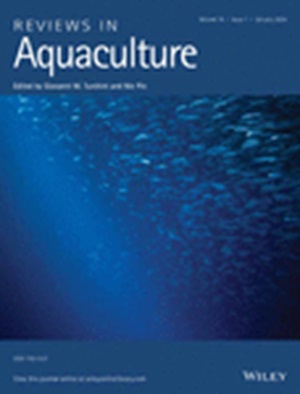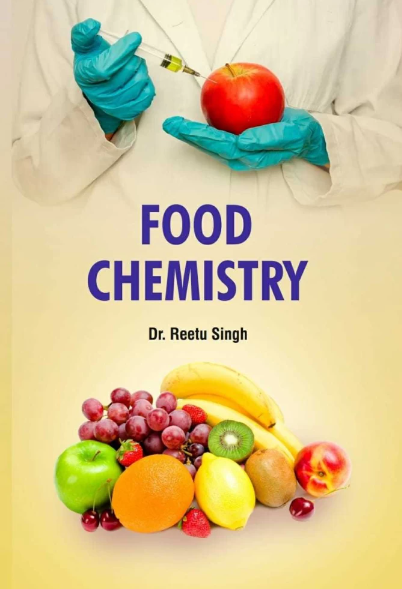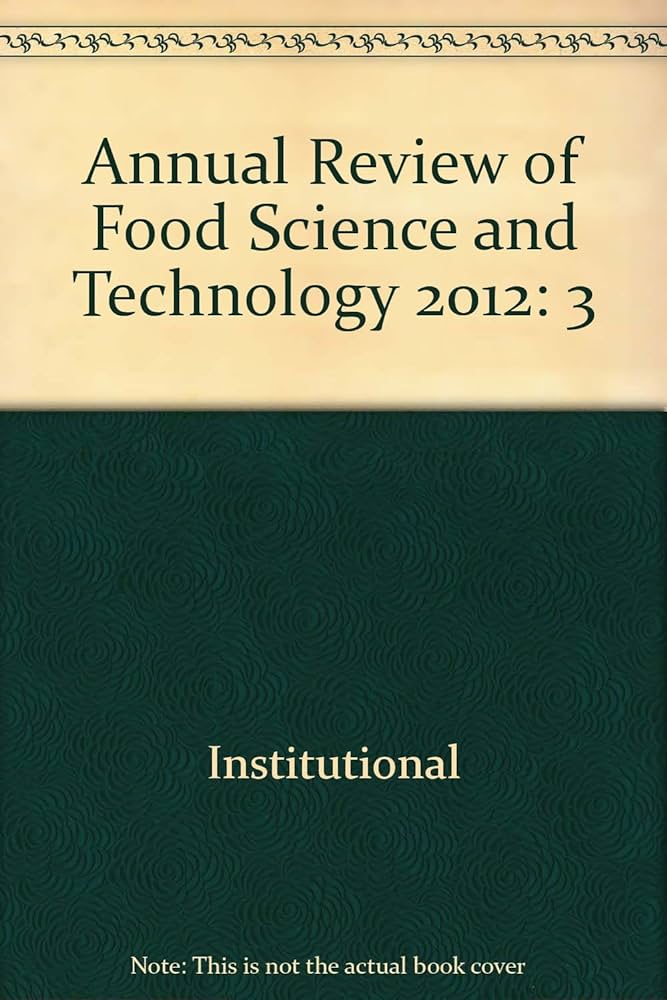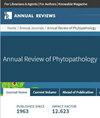中文名称:
食品亲水胶体
期刊缩写:
Food Hydrocolloids
影响因子:
11
ISSN:
print: 0268-005X
研究领域:
工程技术-食品科技
创刊年份:
1986年
h-index:
132
自引率:
14.00%
Gold OA文章占比:
14.35%
原创研究文献占比:
98.60%
SCI收录类型:
Science Citation Index Expanded (SCIE) || Scopus (CiteScore)
期刊官网:
期刊介绍英文:
Food Hydrocolloids publishes original and innovative research focused on the characterization, functional properties, and applications of hydrocolloid materials used in food products. These hydrocolloids, defined as polysaccharides and proteins of commercial importance, are added to control aspects such as texture, stability, rheology, and sensory properties. The research's primary emphasis should be on the hydrocolloids themselves, with thorough descriptions of their source, nature, and physicochemical characteristics. Manuscripts are expected to clearly outline specific aims and objectives, include a fundamental discussion of research findings at the molecular level, and address the significance of the results. Studies on hydrocolloids in complex formulations should concentrate on their overall properties and mechanisms of action, while simple formulation development studies may not be considered for publication.
The main areas of interest are:
-Chemical and physicochemical characterisation
Thermal properties including glass transitions and conformational changes-
Rheological properties including viscosity, viscoelastic properties and gelation behaviour-
The influence on organoleptic properties-
Interfacial properties including stabilisation of dispersions, emulsions and foams-
Film forming properties with application to edible films and active packaging-
Encapsulation and controlled release of active compounds-
The influence on health including their role as dietary fibre-
Manipulation of hydrocolloid structure and functionality through chemical, biochemical and physical processes-
New hydrocolloids and hydrocolloid sources of commercial potential.
The Journal also publishes Review articles that provide an overview of the latest developments in topics of specific interest to researchers in this field of activity.
期刊介绍中文:
《Food Hydrocolloids》发表了关于食品中胶体材料的表征、功能性质和应用的原创和创新研究。这些胶体材料定义为商业上重要的多糖和蛋白质,被添加到食品中以控制质地、稳定性、流变性和感官性质等方面。研究的重点应放在胶体材料本身上,详细描述它们的来源、性质和物理化学特性。稿件应清晰地概述具体的目标和目的,包括对分子水平研究结果的基本讨论,并阐明结果的意义。对复杂配方中胶体材料的研究应集中于其整体性质和作用机制,而简单的配方开发研究可能不适合发表。主要感兴趣的领域包括:化学和物理化学表征;热性能包括玻璃化转变和构象变化;流变特性包括粘度、粘弹性和凝胶行为;对感官特性的影响;界面特性,包括分散体、乳液和泡沫的稳定性;应用于可食用薄膜和活性包装的成膜特性-
活性化合物的封装和控制释放;对健康的影响,包括其作为膳食纤维的作用;通过化学、生物化学和物理过程操纵水胶体的结构和功能;新的亲水胶体和具有商业潜力的亲水胶体来源。
CiteScore:
| CiteScore | SJR | SNIP | CiteScore排名 |
|---|---|---|---|
| 19.9 | 2.717 | 2.236 | 学科 排名 百分位 大类:Agricultural and Biological Sciences 小类:Food Science 8 / 389 98% 大类:Chemical Engineering 小类:General Chemical Engineering 8 / 273 97% 大类:Chemistry 小类:General Chemistry 23 / 408 94% |
发文信息
中科院SCI期刊分区
2025年3月20日发布
| 大类 | 小类 | TOP期刊 | 综述期刊 |
|---|---|---|---|
| 1区 农林科学 | 1区 应用化学 CHEMISTRY, APPLIED 1区 食品科技 FOOD SCIENCE & TECHNOLOGY | 是 | 否 |
2023年12月发布
| 大类 | 小类 | TOP期刊 | 综述期刊 |
|---|---|---|---|
| 1区 农林科学 |
1区
应用化学
CHEMISTRY, APPLIED
1区
食品科技
FOOD SCIENCE & TECHNOLOGY
|
是 | 否 |
WOS期刊分区
| 学科分类 |
|---|
Q1CHEMISTRY, APPLIED Q1FOOD SCIENCE & TECHNOLOGY |
历年影响因子
| 2015年 | 3.8580 |
|---|---|
| 2016年 | 4.7470 |
| 2017年 | 5.0890 |
| 2018年 | 5.8390 |
| 2019年 | 7.0530 |
| 2020年 | 9.1470 |
| 2021年 | 11.5040 |
| 2022年 | 10.7000 |
| 2023年 | 11.0000 |
历年发表
| 2012年 | 239 |
|---|---|
| 2013年 | 266 |
| 2014年 | 412 |
| 2015年 | 416 |
| 2016年 | 743 |
| 2017年 | 707 |
| 2018年 | 608 |
| 2019年 | 741 |
| 2020年 | 843 |
| 2021年 | 900 |
| 2022年 | 871 |
投稿信息
出版周期:
Bimonthly
出版语言:
English
出版国家(地区):
UNITED STATES
接受率:
90%
初审时长:
21 days
审稿时长:
37 days
发表时长:
5 days
出版商:
Elsevier
编辑部地址:
ELSEVIER SCI LTD, THE BOULEVARD, LANGFORD LANE, KIDLINGTON, OXFORD, ENGLAND, OXON, OX5 1GB
Food Hydrocolloids - 最新文献
Impact of konjac glucomannan on starch digestibility: An in - depth exploration of properties and dynamics
Pub Date : 2025-10-02 DOI: 10.1016/j.foodhyd.2025.112061 Ting Li, Yingjuan Zhang, Peng Guo, Chenjie Wang, Dongliang Zhang, Chengye MaWalnut oil microcapsules prepared with different emulsification methods: Structure, stability, and release mechanism
Pub Date : 2025-10-02 DOI: 10.1016/j.foodhyd.2025.112073 Jixian Zhang , Xinying Lin , Zhiyi Zhang , Jieyu Wang , Ying Wang , Guoyan Liu , Li Liang , Xiaofang Liu , Chaoting Wen , Youdong Li , Xin XuDual role of polyphenols in walnut protein extraction and functionality: Implications for processing and utilization
Pub Date : 2025-10-01 DOI: 10.1016/j.foodhyd.2025.112051 Yu Peng , Ziming Shan , Wanqing Jia , Jingming Li , Lei Zhang , Congfang Li , Mo Li , Xin Wen , Yuanying Ni
免责声明:
本页显示期刊或杂志信息,仅供参考学习,不是任何期刊杂志官网,不涉及出版事务,特此申明。如需出版一切事务需要用户自己向出版商联系核实。若本页展示内容有任何问题,请联系我们,邮箱:info@booksci.cn,我们会认真核实处理。
本页显示期刊或杂志信息,仅供参考学习,不是任何期刊杂志官网,不涉及出版事务,特此申明。如需出版一切事务需要用户自己向出版商联系核实。若本页展示内容有任何问题,请联系我们,邮箱:info@booksci.cn,我们会认真核实处理。








